IndiaWilds Newsletter Vol. 12 Issue III
ISSN 2394 – 6946
Virus, Wildlife & Introspection
The world is facing unprecedented challenges. Over Ten thousand people have died in a span of few months across the globe as the COVID 19 virus has spread like wildfire. A study has predicted half a million people to die in UK and a million in USA. Businesses have been shut down. Entire country and various provinces around the world have been locked down or under curfew. Flights, train and road travel has been stopped. This is unprecedented in the modern times. While it is for the scientists to find a vaccine for the virus and the various Governments to find a way to fight the disease, it is also time for mankind to introspect.
Why EGO?
We the human race attribute a lot of importance to conquer nature and hence are often in a race to be the first to set foot on a mountain top, in unexplored regions, on the deepest trench in ocean and even in outer space. Our ego often drives us in this mad race. We fail to appreciate that before us, there are other species which are already there in many of those places on earth. And often we ignore the fact that tribals and other indigenous people are often the ones who have set foot in many so called unconquered places. Initially it was from the eyes of the “white man” and hence the race to be the first to set foot in a place. So Christopher Columbus is known as the person who discovered America, even though there were many native tribes who have been living there since time immemorial.
Decimation of forests:
We humans have developed a false ego that we are the masters of the Universe. We decide the fate of other species based on our own narrow perspectives. We view other species as being there only to satisfy our wants and needs. So a more than 100 year old tree can easily be cut off so that we get some timber for making our furniture. We don’t realise the ecological functions of the tree and for that matter other species. We don’t realise that each tree is a mini-ecosystem in itself and lives of many species depend on such old trees. There is a complex web of inter-dependencies among various species. Modern science is yet to unravel the various mysteries of these dependencies. Nevertheless, without understanding what we are going to lose, we still go ahead and kill a species or clear an entire landscape to make way for our industries, mines, dams, canals, cities etc.
As we move into unexplored territories and start decimating pristine forests and other ecosystems, the delicate balance between the various species is lost. Whereas the large species like deers, leopards, tigers, elephants are killed and locally exterminated, we often don’t focus on the smaller species. And beyond the small sized animals, birds and herpetofauna are the various microscopic organisms that live in these animals and birds and often go undetected. Some of these microorganisms and viruses too fight a battle for survival. They jump from one species to other and adapt themselves to the new species. So as we are changing the face of the earth by clearing up wild landscapes, some viruses jump into humans and adapt themselves.
Humans as hosts of deadly virus:
Some people believe that the current novel corona virus Covid-19 is an act of bioterrorism and escaped from a lab in Wuhan, China and some others believe that the virus came from wild animals slaughtered and consumed in the market in Wuhan. We will perhaps never be abe to know the actual origin of the novel corona virus given the blame game going on between China and the USA. Nevertheless, Ebola is believed to have come when a few people killed a gorilla and consumed bush meat. Various kinds of bird flu, Mad cow disease, Nipah etc are other examples of transmission to humans. While we are quick to blame china about the trade in wildlife parts for food, there are many places in India where wildlife trafficking is still taking place. Turtles, pangolin, monitor lizard are openly sold in many markets in North east and clandestinely in many states. Meat of wildlife caught in snares continues to be sold in various places. Many years ago, I was told that persons froma zoo sell deer meat. On questioning I was told that spotted deers are prolific breeders and hence slaughtering a few goes unnoticed. Similarly there is trade in owls due to superstition. Migratory birds are often poisoned by pesticides and sold to restaurants. Unless, India completely clamps down on the wildlife trade, there are always chances of transmission of pathogens from the wild.
We are a species, which is numerous, and we often live in conditions where it is easier for viruses to proliferate. Perhaps human beings need to watch wildlife to understand the special care they take to clean their feathers, fur and their body. They also take special care to clean their food before consuming it.
Certain viruses can remain dormant in a particular species. And when they transmit to humans, they mutate and take a deadly avatar. Our scientists don’t understand why a particular virus moves from an animal host to humans, modify itself and then causes havoc with our health. There was a time when wildlife were numerous and had good genetic diversity. Today with reduced numbers of various wildlife species, reduction in the species richness in our forests, the overall health of our ecosystem is not great. Modern science is yet to unravel the linkages. However, all we know that all is not well and this imbalance in our various ecosystems in Planet Earth is solely due to our deleterious impact.
Reduced wildlife roadkills:
Due to lack of understanding and appreciation of our wilderness areas by our authorities, many roads are built cutting open forests. This results in lot of roadkills. The covid 19 virus induced indoor stay is going to reduce the number of vehicles plying on the roads so our wilderness areas will feel the change. Smaller herpetofauna, hares, mongoose etc who routinely get smashed under speeding vehicles will get a respite. A month or two is a big time in the life cycle of smaller species. If the Government mandates no entry into our forests for the next few months including the rainy season, then many tiny species will multiply in number and provide more food for larger species. Every frog smashed is one lunch less for a snake and other birds. And for every snake that gets killed in the road there is one less lunch for an eagle or mongoose. For every rodent or hare that becomes a road kill there is one snack or lunch less for a leopard. And if there is a deer road kill then it means a weeks food lost for a leopard. The health of our wilderness areas can become better if we can continue to avoid our wilderness areas for some time.
Species reconnecting in fragmented habitat:
Roads passing through our forests not only result in killing our wildlife but more importantly act as a boundary for many species. Their habitat gets divided. Hence it impacts the genetic diversity of various species. Due to stopping of traffic or very less traffic, it is expected that once again various species will start crossing the road and mate with the ones on the other side of the road. Hence this will result in improved health of the gene pool of many species.
Tourist overcrowding in forests:
With the advent of digital cameras and social media, many people travel to different places and share the selfies in their social media handles. This trend has been changing the places forever, often for the worse. Many of the pristine wilderness places are too fragile and don’t have carrying capacity. However, neither the Ministry, nor the forest department are ready to listen to the fact that some of our premier places are way too crowded. The forest department officials point to the fact that the ministry had some years ago come out with Ecotourism guidelines. Unfortunately the guidelines was drafted in a very ham-handed manner. (https://www.indiawilds.com/diary/indiawilds-newsletter-vol-3-issue-vi/ ). It is said that the work was completely offloaded to some interns. Nevertheless, the guidelines talk about vehicles maintaining distance between themselves and moving in a procession. The dictat to maintain minimum distance between vehicles was to reduce overcrowding in an area where tiger is sighted. Unfortunately, this doesn’t solve the core issue of too many vehicles entering into the forest.
The priority of the forest department is to earn revenue. Hence they allow way too many vehicles. When a lot of vehicles enter into a forest, all a tourist sees is vehicles in front and behind and feels as if he/she is in a city road. The idea of going into forest is relaxation and rejuvenation. If a tourist can’t soak in the feeling of wilderness, then it becomes like being in a zoo. In such conditions can a tourist develop love for nature? If one doesn’t love something will he/she will want to save it? Without love and appreciation for a species and for a wilderness place as a whole, people won’t be motivated to save it.
After Covid 19 clampdown is over and when the tourism starts to our forests, hopefully the authorities see the light and undertake abundant caution to stop the possibility of any disease transmission. So the authorities should reduce the number of vehicles as well as tourists entering into the forests. By reducing the tourist numbers, people are afforded more personal space and also the risk of transmission of any disease is reduced.
Pollution & Greenhouse Gases:
With the virus induced clampdown and people forced to stay indoors, people as well as businesses are scrambling to redraw their strategies and ways of working. When people are forced to work from their homes for such a long period, many companies will be forced to change their ways of working. Man is creature of habit. When people are forced to work from home for months, companies will now see this as a way to reduce their costs. Companies will reduce their office space and will start encouraging more and more people to work from home so that costly office rentals, electricity, water, food and other administrative costs are reduced. Corporates will decide what is absolutely essential and what is not.
In the last two decades our big cities have grown bigger and bigger as more people have flocked to the big cities for jobs. With companies focusing attention on work from home, people no longer need to be in the same locality or even in the same township. This has the potential to see a reverse migration from costly big cities. If our Government and companies put their minds together then the big cities can be decongested. Already big cities like Bangalore with population density of 4381 people per square kilometre is facing water issues. If big cities can be decongested then the infrastructure problems like bringing water from long distance from big dams can be averted. The traffic problem can be reduced so that there is less of vehicle exhausts polluting the air and less greenhouse gases.
We as a species, have multiplied rapidly and have now crossed the 7 billion mark. By 2050 we are supposed to cross the 9 billion mark. The earth has a carrying capacity of 5 billion. Due to our rapid population explosion, other species are being decimated. If we are able to understand the feelings of other species then we may hear that other animals and birds may be calling us virus. And if we dig deeper than may be we hear some name calling like Black, White, Yellow and Brown virus based on our ethnicity.
If we introspect during our covid -19 induced indoor stay and change our ways then certainly the world can be a better place.
Conservation News:
Elephant deaths by train accidents showing a declining trend:
Every year many elephants are mowed down by trains in different parts of the country. In in an order dated 2.9.2014 in Writ Petition W.P. (C) No. 107 of 2013 Shakti Prasad Nayak Vs. Union of India & Ors. the Hon’ble Supreme Court of India had issued the following directions:
- Necessary steps should be taken by the Railways all over the country to reduce the speed limit of running trains that are passing through dense forests. In case a speed limit is not followed/ appropriate action should be taken against the erring drivers and officials concerned.
- Railways to take steps to discontinue the movement of goods trains at night between Siliguri and Alipurduar.
- Divert fast moving and night trains through Siliguri -Falakata route.
Elephant deaths by train accidents showing a declining trend
In 22 years East Antarctica glacier retreated more than 5 kms
Animal culture, the learning of non-human species through socially transmitted behaviours, is being linked to conservation action for the first time.
In 22 years from 1996 to 2017-2018 the Denman Glacier in East Antarctica has retreated by more than 5 kilometers.
The Denman Glacier in East Antarctica is protected by a subglacial ridge on its eastern flank. On the western flank, the glacier is retreating along a previously unknown 5 km wide and 1,800 m deep trough, which goes down to 3.4 km below sea level. This steep slope makes the glacier conducive to rapid retreat. Scientists have done a reconstruction of the topography of the glacier bed and found that the glacier has retreated on the western flank. Scientists estimate that the Denman Glacier has retreated any where between 5.1 km to 5.7 kms.
The study titled “Grounding line retreat of Denman Glacier, East Antarctica, measured with COSMO‐SkyMed radar interferometry data”has been published in Geophysical Research Letters.(Brancato V. Et al., March 2020, Geophysical Research Letters, doi: 10.1029/2019GL086291). Scientists measured the retreat of Denman Glacier using satellite radar interferometry from the COSMO‐SkyMed constellation.
During the period 1979 and 2017 Denman Glacier has experienced a cumulative mass loss of between 249 Gt to 287 Gt. This means the ice loss from Denman Glacier is 7.0±0.5 Gt/year.
Denman Glacier has a 24,000 km floating extension, which includes Shackleton Ice Shelf and Denman Ice Tongue (DIT). This floating extension has been melting at an area-average rate of 3.1±0.7 m/year, which is above average among other ice shelves in East Antarctica.
Scientists feel that the retrograde glacier bed along with the likely presence of warm water will accentuate the glacier melting. If warm water continues to cause high rates of melting of ice from the Denman Glacier, then the change may be irreversible. The Denman Glacier is so huge that if it fully melts then the global sea level can rise by 1.5 meters or 5 feet high. This is much more alarming news than previous sealevel rise estimates of 2 meters by 2100.
We hope that the various Governments notice this alarming study and undertake actions to reduce the emission of greenhouse cases. Else, the sealevel rise by 5 feet will inundate much of coastal areas and human habitations. In India some of our metro cities like Mumbai and Chennai will be at risk of flooding. Along the coastline of India, various fishing and other marginal communities live. Their habitations will get drowned when Denman Glacier or similar glaciers melt. We will then have another set of climate refugees. This has potential to cause social strife and massive upheavals in our society. Hope the Heads of States around the world notice and take action.
Equipment Discussions:
Leica launches 64MP S3 Medium format camera:
Leica has finally released their S3 medium format DSLR camera. The Leica S3 was announced in 2018. This camera is meant for the demanding professionals who want the convenience of a DSLR and command an impressive clientele to afford the iconic brand.
Sony Electronics Corporation to be established:
Sony Corporation has announced that starting from 1st April, 2020, it is going to hive off its Electronics Products and Solutions (EPS) segments comprising the Imaging products and solutions business, Home Entertainment & Sound and Mobile..
Canon Announces future firmware update for EOS 1DXMark III
Canon has announced that they are planning a firmware update for the recently released Canon EOS 1DX-Mark III DSLR camera. In early-April 2020, the new firmware update would be released.
Natural History
COUNTRY NOTEBOOK: M. Krishnan: ‘The Giant Squirrel‘ shared By Saktipada Panigrahi
https://www.indiawilds.com/forums/showthread.php?8852-Country-notebook-m-krishnan&p=89001#post89001
Wildlife Photography
Jungle Cat in Sundarbans by Saktipada Panigrahi
Tigress by Sucheth Lingachar
https://www.indiawilds.com/forums/showthread.php?19509-Tigress-On-Move-Kabini
Red Giant Flying Squirrel by Samrat Sarkar
https://www.indiawilds.com/forums/showthread.php?19499-Red-giant-flying-Squirrel
Elephant Mother and calf by Shyamala Kumar
https://www.indiawilds.com/forums/showthread.php?19512-Family-Portrait
Spotted Deers in Tadoba by V S Sankar
https://www.indiawilds.com/forums/showthread.php?19484-Spot-the-Difference!-Tadoba!
Desert Fox Pups by Vipin Sharma
https://www.indiawilds.com/forums/showthread.php?19483-LRK-diary-Mar-19
Little Stint in Chilika by Mrudul Godbole
https://www.indiawilds.com/forums/showthread.php?19496-Little-Stint
Black-headed Ibis fighting over snake by Sabyasachi Patra
https://www.indiawilds.com/forums/showthread.php?19487-Black-headed-ibis-fighting-over-snake
Smew by Sandipan Ghosh
https://www.indiawilds.com/forums/showthread.php?19520-A-rare-vagrant-to-India-Smew
Zebra Cricket by Prajwal Ullal
https://www.indiawilds.com/forums/showthread.php?19501-The-zebra-cricket
This is the 135th issue of IndiaWilds. The photo of a jungle cat adorns this issue. These jungle cats are now threatened due to habitat loss and many of them meet a sad end when they are runover by vehicles. These lesser carnivores along with many species of herpetofauna regularly get hit by speeding vehicles while they are crossing the road. These days the speeds of the vehicles have increased due to better roads and wild animals are finding it difficult to dodge the vehicles. The authorities are not able to appreciate this and continue to allow roads cutting the heart of pristine wilderness areas. Since these days the speed of vehicles is much higher, a longer road circumventing a forest would be much better. However, we always look for a straight road directly passing through a forest. We are always quick to protest when a flyover is constructed near our house. However, we don’t care that our actions are destroying the homes of other species. Apart from wild animals becoming road kills when we build roads through the heart of a forest, the roads also fragment wildlife into different groups and the genetic diversity suffers. The instances of poaching also increases as people are able to shoot wild animals from their vehicles. Some people feed wild animals and this results in transfer of pathogens. We also drop wafers and other disposable items and litter the forest. Wild animals often lick the wafers packet for salt content. While doing so they can get killed by speeding vehicles.
We are decimating other species due to our callousness. At this moment we are afraid of novel corona virus and are staying indoors. Hope the threat to our life and the prolonged indoor stay will help us appreciate the value of life in general and start mending our ways. If so, then we can say that every cloud has a silver lining.
I look forward to your inputs and support in preserving the last tracts of wilderness and wildlife left in our beautiful country and raising awareness about it. For other interesting articles and images check –
http://www.indi
To post in the IndiaWilds forums, you can register free of cost using your Full Name as user id at:
http://www.indiawilds.com/forums/register.php
If you are already a member of IndiaWilds and have forgotten your user id and/or password you can mail to:
administrator@indiawilds.com
If you want to contribute original articles, or for any image enquiries please send a mail to:
administrator@indiawilds.com
Regards,
Sabyasachi Patra
Profile | Contact Us | Facebook | Diary | Equipment reviews | Forums | IndiaWilds You Tube Channel
Please post your views and feedback in the comments below.
- GoPro Hero 12 Black - 6 September,2023
- Leopards: The Last Stand - 2 July,2023
- Drifting in the Waters of Sundarbans - 26 March,2023

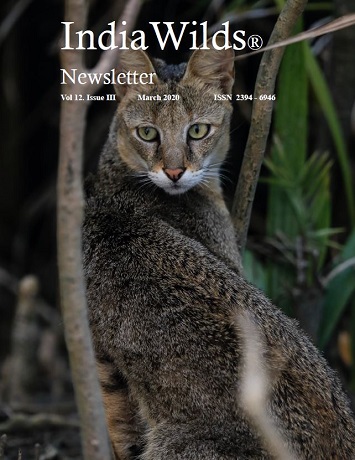
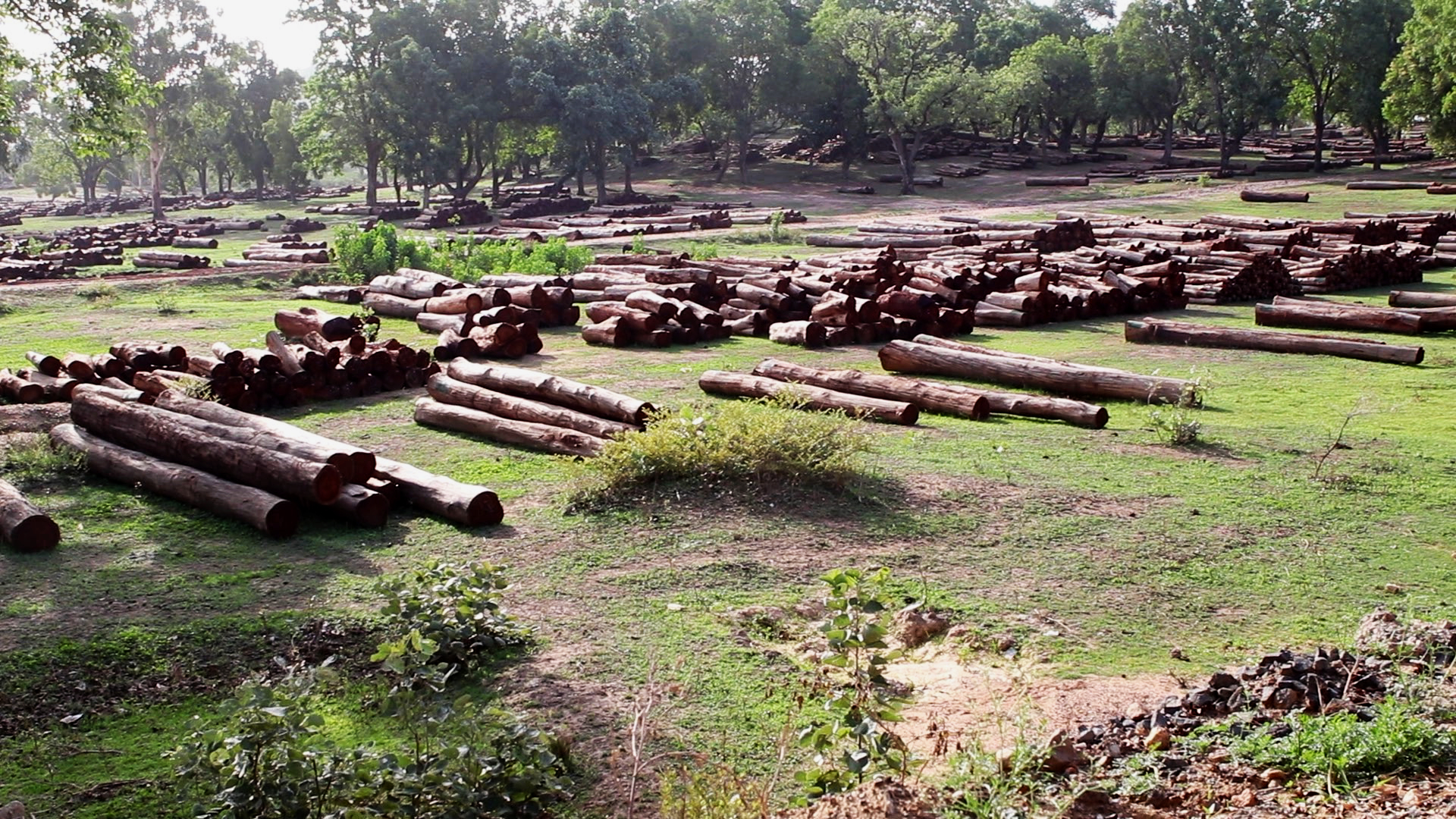
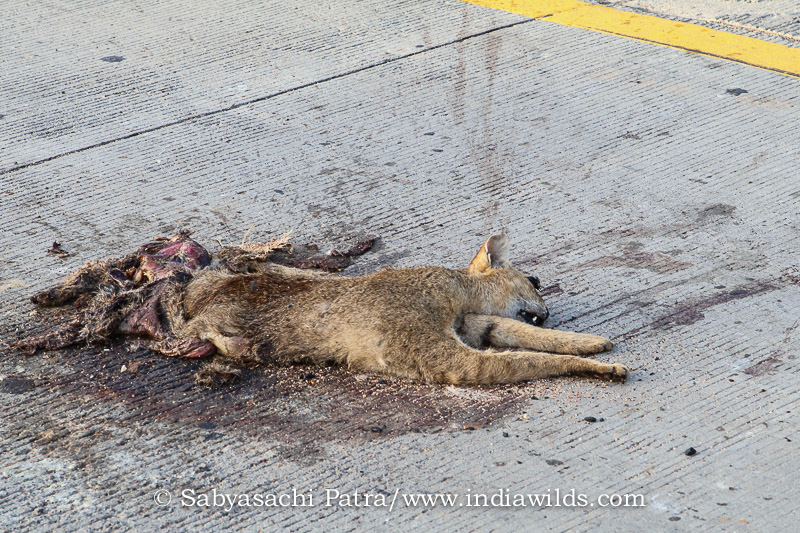

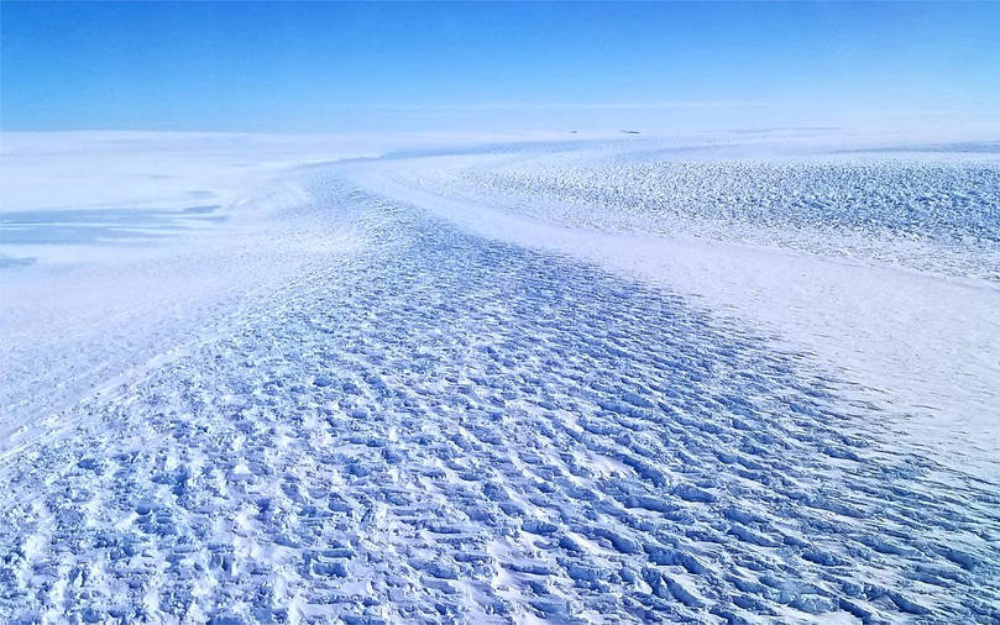


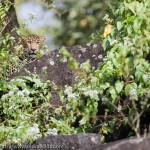
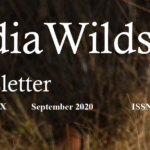

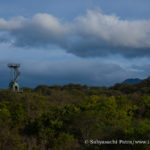






Leave a Reply